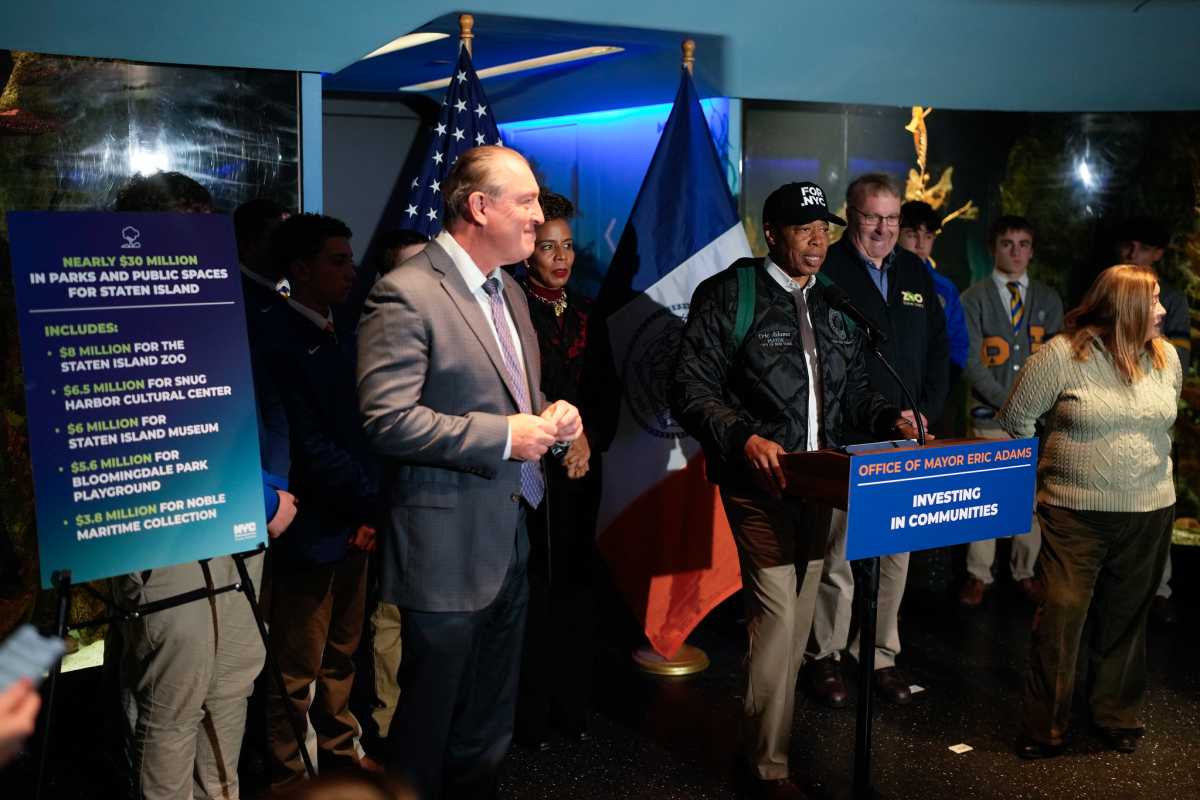By Prem Calvin Prashad
A surprise meeting between senior congressional leaders and the president raised hopes that there could be a bipartisan compromise on immigration. At stake was the status of “Dreamers” – undocumented persons brought into the country as children who had previously been protected by the Deferred Action for Childhood Arrivals.
Though hardliners in Congress and the executive branch were unconcerned with the possible deportation of these young people, most moderates were at least mildly uncomfortable with the idea.
However, that meeting, where Donald Trump showed surprising congeniality with the Democratic leadership, brought about little progress. It appears that the president sought to embarrass Republican leaders with a public slight, while Congress moved on to healthcare and tax “reform.” Moderate Republicans have pushed back against party proposals, perhaps feeling insecure about the fast-approaching 2018 mid-term elections in their moderate, competitive states.
Nine months into the new administration, it appears the ambiguity is intentional. President Trump knows that the broad deportation of all undocumented persons is logistically impossible, costly and unpopular. His hardline campaign rhetoric makes the prospect of any serious compromise with the Democrats improbable, as such would be a grievous betrayal to the President’s ardent supporters.
The ambiguity gives Immigration and Customs Enforcement the broad authority to enforce immigration law however they see fit – with stunning results. According to the agency’s press release, its recent “Safe Cities” raid targeted municipalities that have declared themselves “sanctuary cities.” The raid, which reads as politically-motivated retaliation against cities such as New York, resulted in 45 arrests here, between Sept. 23 and Sept. 27. ICE claims that of the 498 people detained in this raid nationwide 317 had criminal offenses. However, of those, 86 were DUIs, 10 were traffic offenses and eight were drug possession. Juxtaposed against very serious crimes, to claim that the majority were criminals is facetious, setting aside the remaining, otherwise law-abiding detainees.
As in most sanctuary cities, the NYPD cooperates with immigration authorities for individuals convicted of serious crimes. By declining to give ICE access to jails to detain immigration offenders with misdemeanors, these cities are using discretion, something that federal overreach threatens. The ICE press release goes out of its way to call out 10 arrests in 10 cities, of widely disparate offenders, with the intention of blaming local authorities for allowing them to go “free” before ICE could “take custody.” The administration has yet to address why it deems an absolutist approach to enforcement, lacking coordination with local authorities, necessary. For an administration that often appears on the side of local law enforcement, it is a mystery why ICE chooses to undermine the NYPD.
Perhaps most alarming is the continuing presence of uniformed immigration agents outside criminal courts. Denied access, ICE has shifted tactics to surveilling courthouses and waiting for individuals with immigration offenses to emerge, a practice that Council Speaker Melissa Mark-Vivierto (D-Manhattan) has called “moral depravity.” The agents, who have operated in Queens, target offenders, victims and, in at least one case in Brooklyn, a mere witness in a homicide investigation. According to reports, this also included a female victim appearing in a special human trafficking court in Queens.
Outraged, members of New York’s congressional delegation — including Grace Meng, Joe Crowley and Hakeem Jefferies — wrote to the Department of Homeland Security demanding the agency adopt a policy against operating outside courthouses.
This practice, along with undermining local authorities and politicizing raids, are endemic of the culture of ambiguity. The broad authority afforded by this administration has led to a morally reprehensible situation. The raids intimidate criminals, as well as the law-abiding, and intentionally create a pervasive atmosphere of fear.
Simply put: Victims and witnesses will not come forward as long as this practice continues, and all of us are made less safe without clear direction from the agency.


































